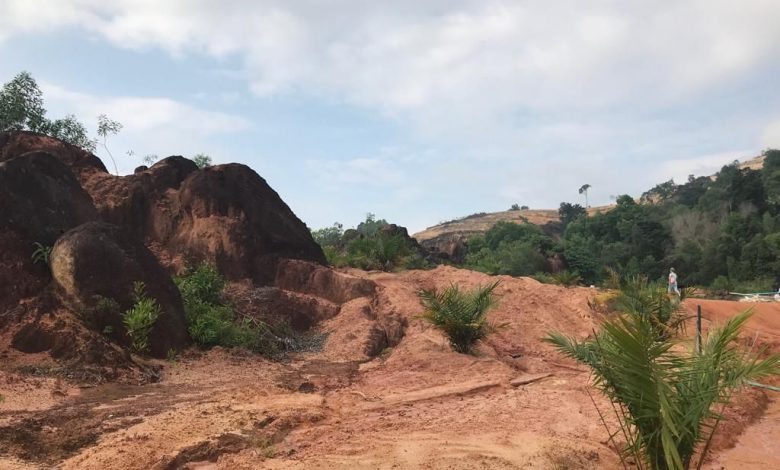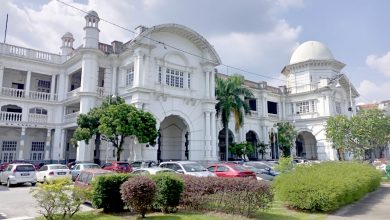Connexion: Kledang Hill and the long-term pain


By Joachim Ng
Kledang Hill. Scouts with knapsack on their backs and a song in the air would trek up its slopes, dip in the bubbly spring water, and gaze fondly at Ipoh city from the cool heights. But lately when the scouts had left, bigger boys came and cleared 10 hectares of the forest for oil palm and housing.
The Perak State Government has been rapped for allowing hill deforestation that may cause environmental damage to Kinta Valley. But it’s necessary to know that every government in the world looks at development in terms of its own lifespan. Elected officials hold a mandate to govern for one term. To win another term they have to produce statistics that show economic gain.
A 3-term stretch is usually the max, as the young ones are eager to move up. You want to go away too, so as to enjoy your lucrative pension. Inevitably, all governments plump for mid-term gain with a planning horizon of 15 years to harvest the fruits within their lifespan in office.
But environmental conservation requires long-term planning with a 50-year horizon. Although the world received the first piece of confirmed news from scientists 50 years ago that the global climate was changing, unsurprisingly no government took action. Mid-term gain versus long-term pain: if you’re on the campaign trail, what’s your choice? Any politician will feel obliged to deliver mid-term economic gain that can be enjoyed now, and let our grandchildren manage the long-term pain accruing from climate damage.
Unfortunately, WE are the grandchildren because it was 50 years ago that our grandfathers received the first news of global warming. We are the first generation that has to live with the consequences of climate change.
What can 10 hectares of jungle trees do for you? They absorb 65 tons of carbon dioxide a year and that helps keep Ipoh temperatures below 40 degrees C. These 10 hectares of jungle trees also produce one day’s supply of fresh oxygen for 1,200 people and keep them out of hospital. Jungle trees have deep roots that hold the earth together and contain subsurface water after rainfall, thus preventing soil erosion and valley floods.
Of course, jungle trees also bring wealth after they are felled. And the cleared land can produce crops. This is where tree felling may get out of hand. If you clear 100 hectares, your economic gain is 10 times larger if we just stick to simple multiplication. But with balding hills, Kinta Valley will start experiencing floods — just like Klang Valley.


